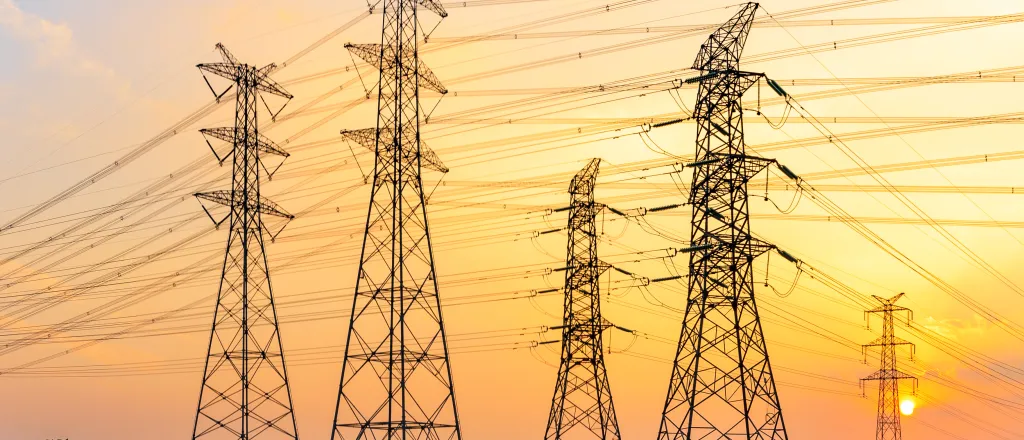
Transmission lines: often ignored, but key to North West's renewable future
© iStock - zhaojiankang
(Oregon News Service) Oregon is pursuing an aggressive climate plan to switch to renewable energy sources, but it faces one often overlooked issue: enough high-voltage power lines to facilitate the transition.
An Oregon law requires utilities to cut greenhouse gas emissions to zero by 2040. However, the Northwest's aging transmission lines will need a reboot to ensure wind and solar resources on the east side of the Cascades make their way west.
Emily Moore, director of climate and energy at the Sightline Institute, said lines can take 10 to 20 years to build, and the grid is nearing capacity.
"We need to be looking much farther into the future in order to start those complicated processes now," Moore contended. "And not wait a decade or 20 years until it's much more urgent."
Moore argued creating a plan for building power lines in the region is going to be critical. She pointed out a glut of wind and solar projects in the Northwest cannot come online because there is a lack of transmission capacity.
There are several hurdles to siting transmission lines. Negotiations are required with landowners and tribes, and not every community likes the idea of having tall lines stretch across the land.
Fred Heutte, senior policy associate for the Northwest Energy Coalition in Portland, said public engagement is key, especially with the communities where the lines may end up going.
"Their voices are really important and getting benefits to those communities as a result of the new transmission is also very important, and being protective of the environmental and cultural resources that may be affected by new transmission is also important," Heutte outlined. "All of those things come into play here."
Moore noted the biggest transmission line player in the region is the Bonneville Power Administration, a federal entity which owns about three-quarters of the high-voltage lines in the Northwest.
"We do have, of course, our Northwest congressional delegation, which has influence over BPA and many folks think that they should be encouraging or at least engaging with BPA on more proactively building new lines," Moore emphasized.
She added states should do everything they can to maximize energy sources like rooftop solar, which reduce the need for transmission lines.

















